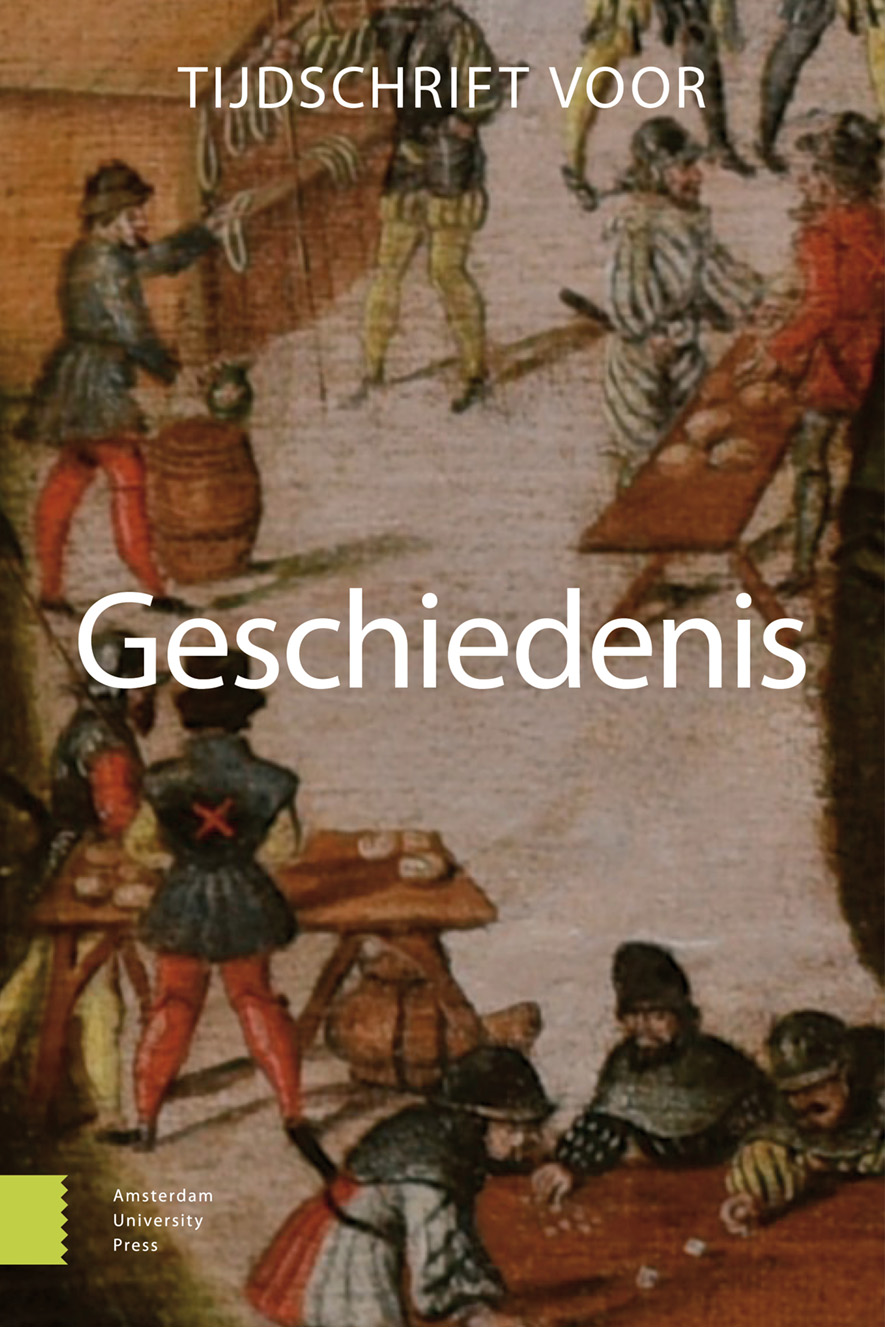-
oa De lichamelijkheid van emoties - Een introductie
- Amsterdam University Press
- Source: Tijdschrift voor Geschiedenis, Volume 126, Issue 4, Nov 2013, p. 452 - 465
- Previous Article
- Table of Contents
- Next Article
Abstract
it describes have a history? Because they are intuitively recognizable and anchored in the body, emotions can appear as a universal human feature, present throughout the ages. Recent research into their history, however, shows that emotions and their expression have changed considerably over time. Not only the norms and expectations regarding emotive language have changed, but also the corporeal performance and experience of emotions. We ‘feel’ differently now. Moreover, emotive language and practice have been differentiated along different lines: men and women, adults and children, soldiers and civilians have shaped their identities according to changing emotional repertoires, and the associated corporeal actions. This special issue focuses on the links and tensions between emotions and the body, and how both were experienced and performed from the Middle Ages into the nineteenth century.


